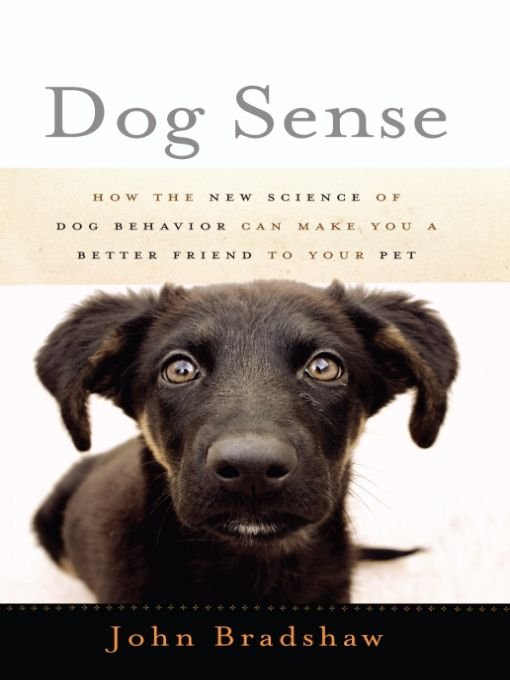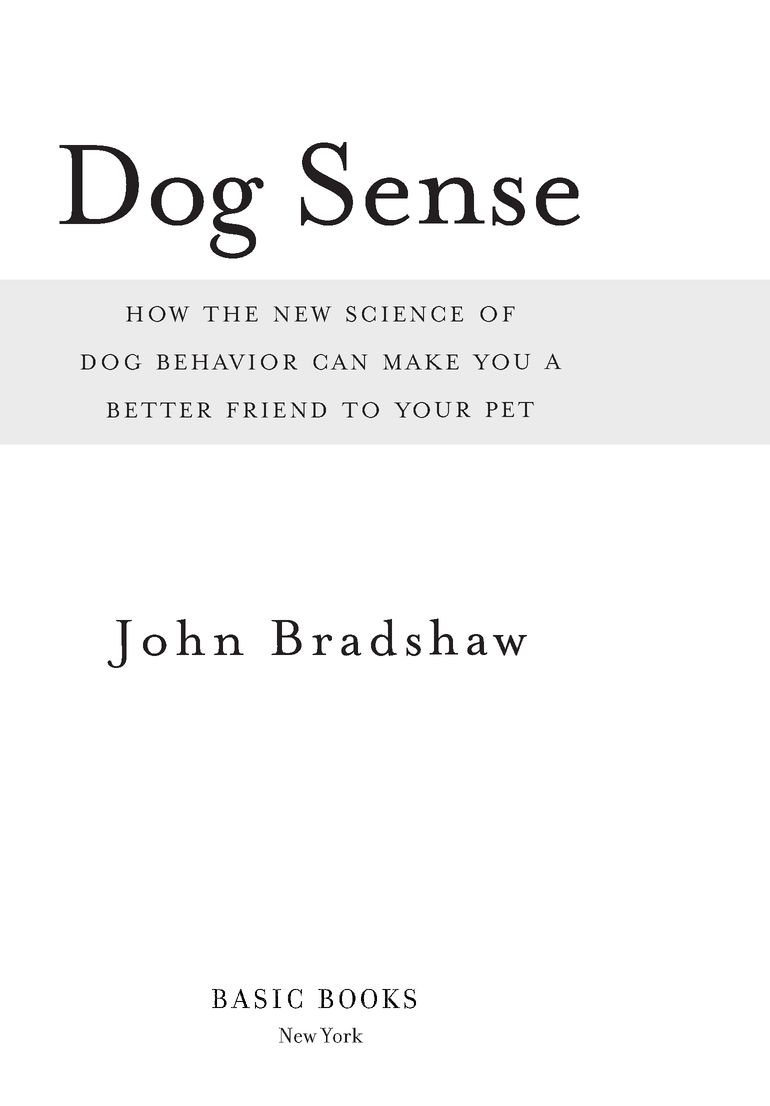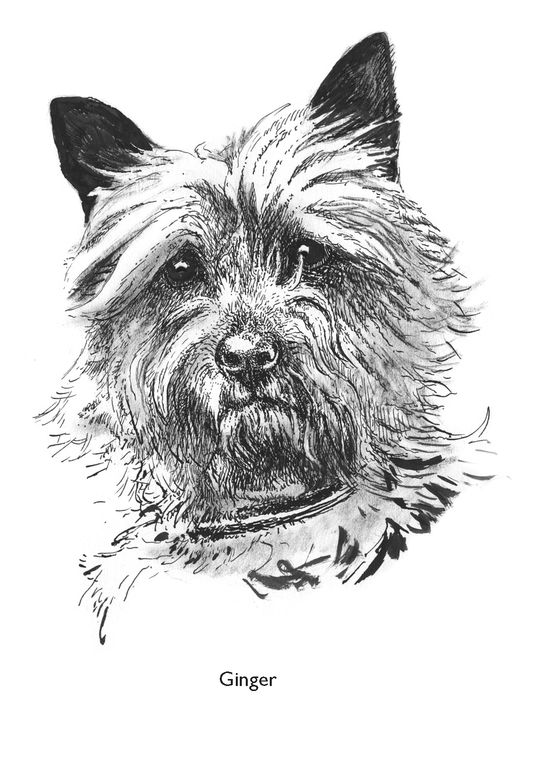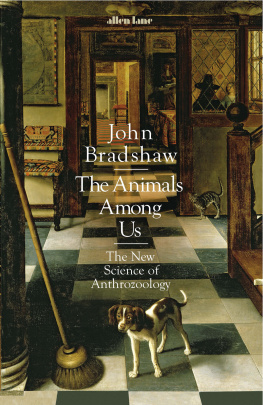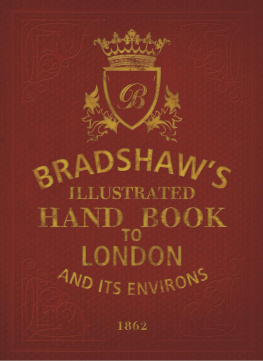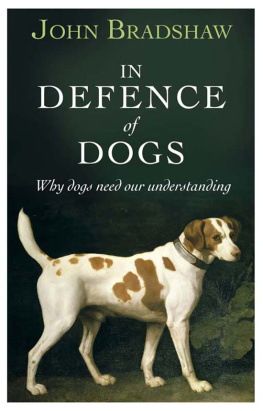Table of Contents
To Alexis
(19701984), a Real Dog
Preface
The first dog I became attached to was one I never met. He was my grandfathers Cairn terrier, Gingera typical long-legged Cairn of the early twentieth century, only a few generations removed from his working forebears. Ginger had died long before I was born, and I grew up in a pet-free household; stories about Ginger were, for a while, the nearest I came to having a dog of my own.
My grandfather, an architect, liked to walk. He walked to and from his office in the industrial city of Bradford and to and from the churches and mill buildings he specialized in; but especially he walked for recreation, whether in the Yorkshire moors or in the Lake District or in Snowdonia. Whenever he could, he took Ginger with him. The family maintained that Ginger, who was taller than he should have been for his breed, had acquired his longer-than-average legs through all this exercise. Actually, in the photographs I have of him he looks quite typical of his breed, and not unlike the Cairn chosen to play Toto in the 1939 movie The Wizard of Oz. It was not until much later on, when I became professionally interested in pedigree dogs, that I was struck by how much the breed had changed over the intervening decades, including becoming significantly shorter in the leg. I doubt many modern Cairns would enjoy the amounts of exercise that my grandfather evidently relished, although Cairns today are less prone to inherited diseases than many other breeds are.
Ginger was a genuine Yorkshire character, and the family had a fund of stories about him, but what amazed me the most was the freedom he had been given, even though he lived within sight of the city center. Every lunchtime, when my grandfather was at work, Ginger was allowed to take himself for a walk around the neighborhood. Apparently he had a routine. First he would cross the road into Lister Park, where he would sniff lampposts, interact with other dogs, and, in summer, try to persuade the occupants of the park benches to part with one of their sandwiches. Then he would cross the tram tracks on Manningham Lane and amble to the rear of the fish and chip shop, where a scratch at the back door would usually elicit a handful of scraps of batter and some misshapen chips. Then he usually headed straight for home, which involved crossing a busy junction. Here, according to family legend, there was usually a policeman, directing the lunchtime traffic, who would solemnly stop the cars to allow Ginger safe passage across.
Ive not been to Bradford for many years, but if other cities are anything to go by, Lister Park is probably now ringed with poop-bins, most of the dogs walked there are at the end of a leash, and the Bradford dogwardens are called out to catch any dog that routinely roams the park, let alone the nearby streets. The trams are long gone, of course, and traffic lights have replaced policemen on point duty, but I doubt that one of todays body-armored community support officers would dare to stop a car to allow a small brown terrier to cross the road, even if he or she wanted to.
Seventy-odd years have passed since Ginger was allowed to roam the streets and charm his way into the affections of everyone he met, including the local law enforcement officers. During that same period, almost unnoticed, there have been enormous changes in societys attitudes toward mans best friend.
Such attitudes were still quite relaxed when I was growing up in 1970s Britain. My first dog, a Labrador/Jack Russell cross named Alexis, was also a roamer, although he was more interested in the opposite sex than in lunchtime snacks. Despite our best efforts to keep him in sight he would manage to get away once in a while, and so, unlike Ginger, he did end up in police kennels a few times (in those days the police in the UK still had responsibility for stray dogs). But no one seemed to mind much. Nowadays such tolerance of dogs and their ways is hard to find, especially in cities, and dog ownership is showing signs of retreating to its roots in the countryside. After many millennia in which the dog has been mans closest animal companion, cats are taking over as the most popular pet in many countries, including the United States. Why is this happening?
First of all, dogs are expected to be much better controlled than they used to be. There has never been a shortage of experts telling owners how to take charge of their dogs. When I took on my second dog, a Labrador/Airedale terrier cross named Ivan, I was determined that he would be better behaved than Alexis. I decided I ought to find out something about training but was then shocked to discover the approach adopted by the trainers of the day, such as Barbara Woodhouse, who seemed to see the dog as something that needed to be dominated at all times. This simply didnt make sense to methe whole point of having dogs as pets was for them to become friends, not slaves. As I researched, I found that this approach to training had stemmed from the ideas of Colonel Konrad Most, a police officer and a pioneer in dog training who, more than one hundred years ago, had decided that a man could control a dog only if the dog was convinced that the man was physically superior. He derived this idea from contemporary biologists accounts of wild wolf packs, which at that time were considered to be controlled by one individual who ruled the others through fear. Biology, by then my profession, seemed to be at odds with my gut feeling as to how my relationship with my dogs ought to work.
To my relief, this dilemma has resolved itself over the past decade. The wolf pack, always the touchstone for the interpretation of dog behavior, is now known to be a harmonious family group except when human intervention renders it dysfunctional. As a consequence, the most enlightened modern trainers have largely abandoned the use of punishment, relying on reward-based methods that have their roots in comparative psychology. Yet for some reason, old-school trainers continue to dominate the medialargely, I suspect, because their confrontational methods make for a more exciting spectacle.
While a more sympathetic understanding of dogs minds is being applied to training, albeit patchily, their physical health has been progressively undermined. As more and more demands have been placed on the family dog in terms of hygiene, control, and behavior, the breeding of dogs who might be suited for this ever more demanding niche has been left in the hands of enthusiasts whose primary goal is to produce dogs that look good. Ginger, although he came from pedigree stock, was only ten or so generations away from Scottish and Irish rat-catchers of no particular breeding and, as a result, led a long and healthy life. Now, the Cairn terrier is in danger of becoming the victim of inbreeding for the show-ring, plagued by over a dozen hereditary complaints such as the exotically named but apparently excruciatingly painful Legg-Calv-Perthes disease.
Biologists now know far more about what really makes dogs tick than they did even a decade ago, but this new understanding has been slow to percolate through to owners and, indeed, has not yet made enough of a difference to the lives of the dogs themselves. Having studied the behavior of dogs for over twenty years, as well as enjoying their company, I felt it was time that someone stood up for dogdom: not the caricature of the wolf in a dog suit, ready to dominate his unsuspecting owner at the first sign of weakness, not the trophy animal who collects rosettes and kudos for her breeder, but the real dog, the pet who just wants to be a member of the family and enjoy life.

